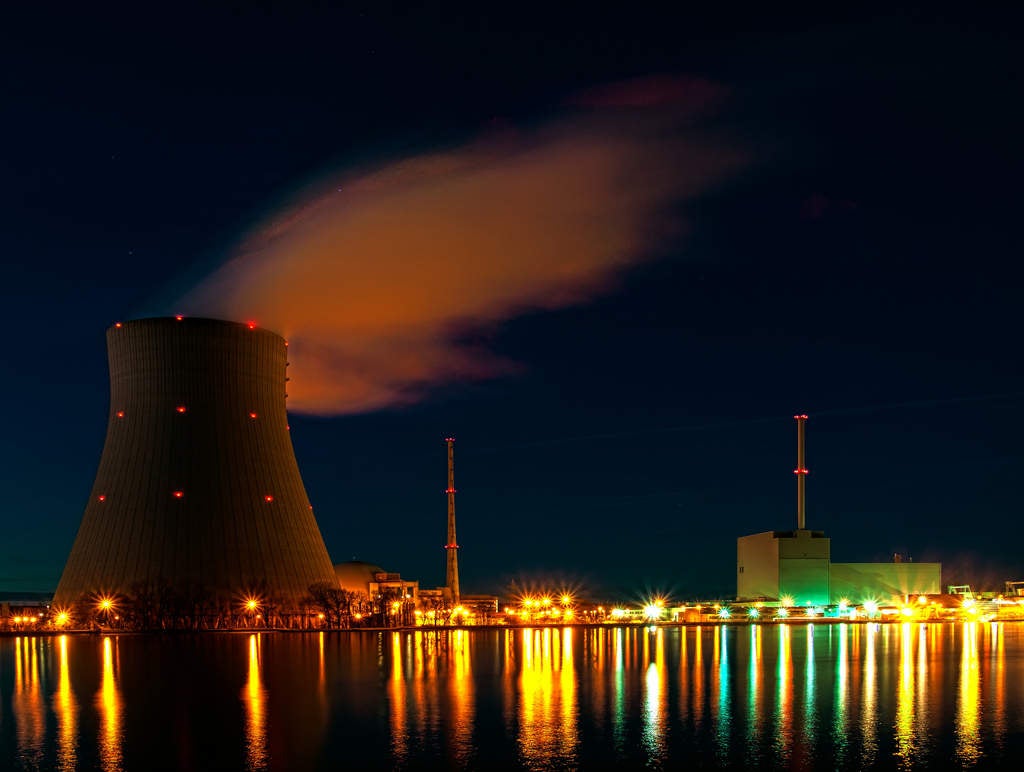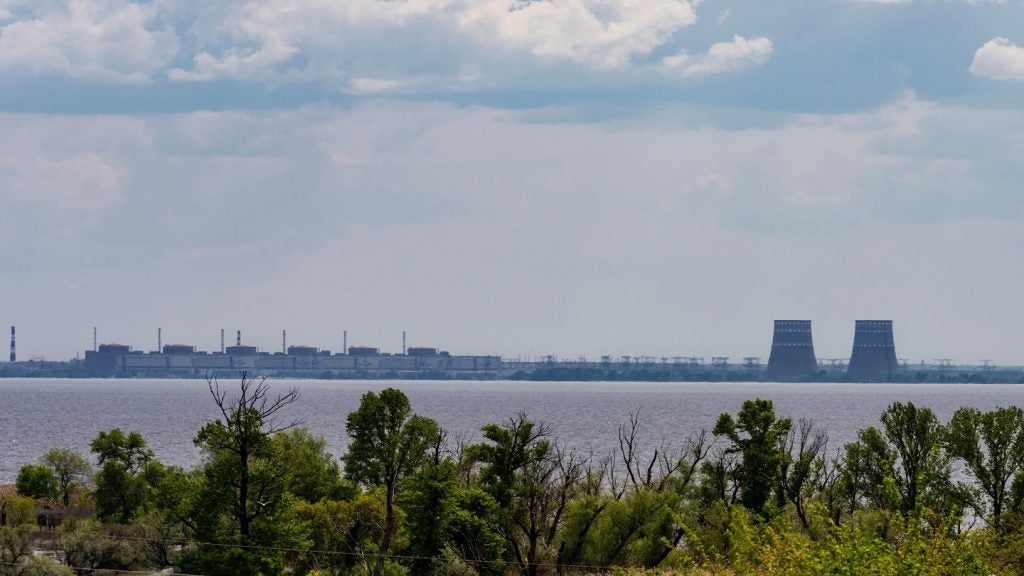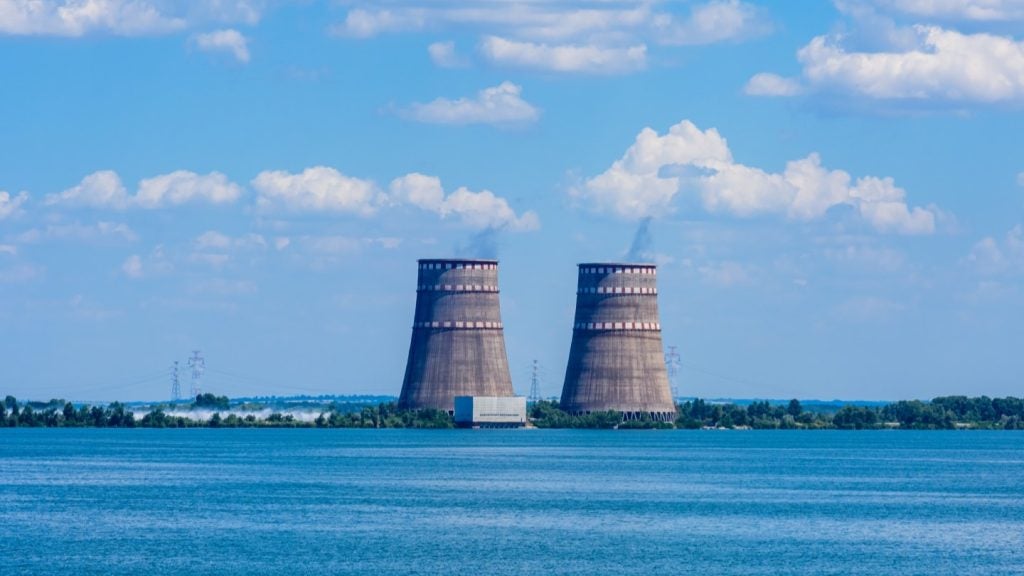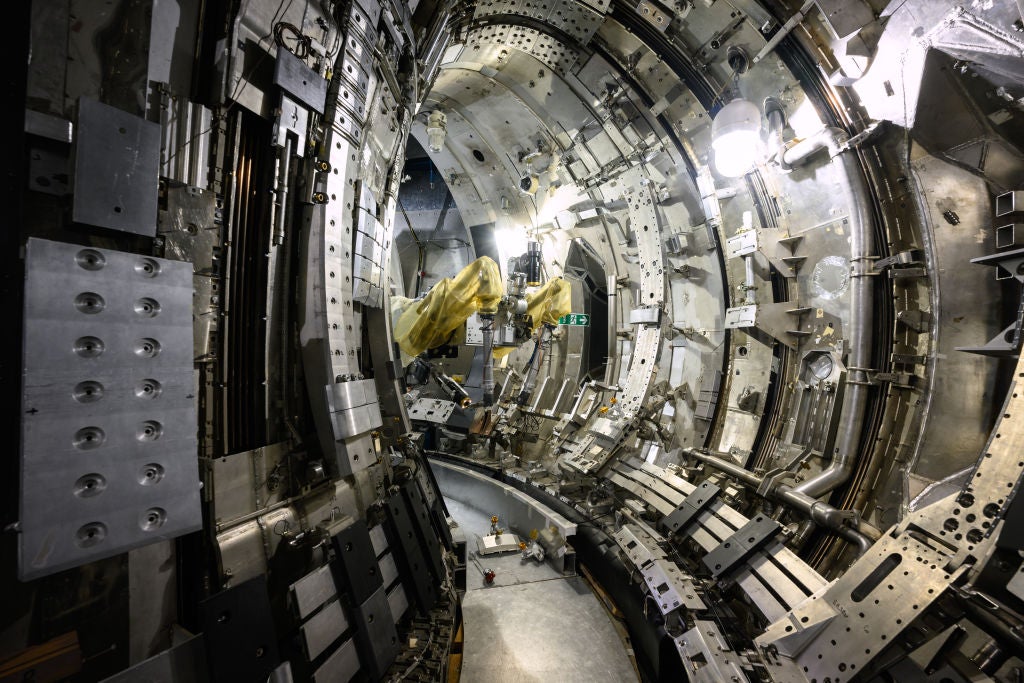
Presently, there are 447 operational nuclear power reactors in 30 countries, and a further 60 are under construction in 15 countries. Yet, since 2010, the IAEA’s annual projections of total nuclear power generating capacity have progressively declined.
It’s not surprising when you consider the global nuclear industry has faced financial woes, safety blows, public opposition and, more recently, stiff competition from cheap renewable energy and gas, which it still struggles to compete against.
Nevertheless, the long-term potential of nuclear power remains high, says the agency. At the end of 2016, installed nuclear capacity reached 392GW, the highest level ever reported. Does this indicate that the sector can meet its ‘high’ case scenario, or is the ‘low’ case more likely?
The high case scenario
In this scenario, the IAEA suggests that nuclear power could increase from 2016 levels by 42% in 2030, by 83% in 2040 and 123% by 2050. For this, it assumes that current rates of economic and electricity demand will continue, particularly in the far East, with nuclear capacity growing in all regions, with the largest growth occurring in Central and Eastern Asia.
Nuclear would also need to be accepted as a cost-effective climate change mitigation option, it states. This is “achievable” says Dr Jonathan Cobb, senior communication manager at the World Nuclear Association and would require build rates of no higher than those achieved in the mid-1980s.
But action would need to be taken now. This should start with creating a level playing field in electricity markets, where all low-carbon technologies are valued not only on levelised costs, but also on system reliability and environmental benefits, says Cobb.
How well do you really know your competitors?
Access the most comprehensive Company Profiles on the market, powered by GlobalData. Save hours of research. Gain competitive edge.

Thank you!
Your download email will arrive shortly
Not ready to buy yet? Download a free sample
We are confident about the unique quality of our Company Profiles. However, we want you to make the most beneficial decision for your business, so we offer a free sample that you can download by submitting the below form
By GlobalData“When levelised costs are considered, nuclear generation is a competitive option; however, liberalised electricity markets do not give price signals that support investment in projects with higher initial capital costs, even though they are more cost-effective in the long term because of lower fuel and operational costs.”
Liberalised markets instead favour investment in gas-fired generation, he adds, noting that subsidies, renewable obligations and other support mechanisms for renewables have boosted this industry. The same has not been provided to nuclear, putting it at a disadvantage.
Besides creating a fairer market, nuclear regulatory processes need to be harmonised so it can benefit from global codes and standards and more efficient licensing of current and new technology, he adds.
Support for nuclear is mixed. In the US, nuclear power produces around 20% of electricity, which is around 10%-15% less than both coal and gas, individually, and four new reactors are under construction. However, current US Government policy favours renewables, gas and coal power generation and, in particular, nuclear faces competition from cheap and locally abundant gas.
The UK has 15 reactors generating about 21% of its electricity but almost half of this capacity is to be retired by 2025. The UK Government is, however, supportive of nuclear. In December 2017, the energy minister is expected to announce funding for the development of small modular reactors. It is hoped that this technology could be the answer to building greater nuclear capacity cheaply, although this has been disputed by critics.
The UK’s nuclear industry, despite government support, has faced many challenges. Korea recently won a contract saving reactors set to be built at Moorside in Cumbria; previously, the project had suffered setbacks when France’s Engie pulled out and owner Toshiba faced huge financial complications.
For the higher scenario, growth would be required globally, but especially in Asia. Some larger developing countries, such as China and India, already include nuclear in their generation mix. Furthermore, their regulated markets and strong energy policies could mean installing new nuclear capacity will be easier than in some developed states, says Cobb.
“Both China and India want to shift increasing demand away from fossil fuels to cleaner generation options, including nuclear,” says Cobb. “By the end of the 2020s, China could overtake the US for having the largest nuclear generation capacity.”
However, given that the median construction time for reactors coming online in 2016 was 74 months, to have reactors in 2025, building needs to start in the next few years.
“So action is required now,” says Cobb.
The low case scenario
According to the IAEA’s 2017 low projection, global nuclear power capacity will decrease from 392GW at the end of 2016 to 345GW by 2030 (-12% capacity), decreasing further to 332GW (-15% capacity) by 2040, before recovering to present levels in 2050.
For this scenario, the agency assumes current trends will continue with few policy changes affecting nuclear power and that not all national targets will be met. It is a ‘conservative but plausible’ projection, it states.
Decline would be driven by North America, which is likely in the current market, and in northern, western and southern Europe, with only slight increases in Africa and western Asia.
In Europe, like America, there is a downward trend for nuclear with many countries having no capacity at all and some, such as France and Germany, are looking to phase-out nuclear. France is working to decrease its share of nuclear power, currently at 75% of national electricity generation, to 50% by the mid-2020s.
Though some countries, such as Hungry, the Czech Republic and Poland are looking to build nuclear capacity, says Steve Thomas, emeritus professor of energy policy at the University of Greenwich, they will probably need to look to China or Russia for finance, as funding is proving a huge problem for new nuclear.
“The only way nuclear projects will go ahead is if they can get a cast iron guarantee of approval from the regulator, and can then recover the upfront costs, or loans are guaranteed by a sovereign government,” says Thompson.
He adds that costs for nuclear need to come down but have, in fact, gone up.
In contrast to Europe and the US, significant growth is projected in central and eastern Asia, with nuclear power capacity there expected to undergo an increase of 43% by 2050, according to the IAEA.
Of the 60 new reactors under construction worldwide, 39 are in Asia. Since 2000, this region has accounted for 85 of the 105 construction starts and 63 of the 78 new reactors connected to the grid, says the report.
However, there are challenges for developing nations to increase nuclear capacity. Finance is one obvious problem, expertise is another.
“Nuclear requires expertise developing nations don’t have,” says Thompson. Cobb agrees that countries new to nuclear will need to build-up a skilled work force and that, furthermore, there are skilled worker shortages in the global nuclear sector.
More than half of the 447 reactors currently in operation are over 30 years old, which in the US is the average age of a reactor. It is not certain extensions to all ageing plants will be granted by the regulator, which will contribute to a fall in capacity.
However, even in the low case scenario, some 320GW of new nuclear power capacity will be installed by 2050, making up for some of the loss caused by retiring reactors, albeit not necessarily in the same regions, according to the agency.
Who wins?
Growth in nuclear will probably occur in Asia because the regions’ demand is so high, but it will likely not be easy or rapid. A renewed focus on climate coals, growing demand and a drive for more stable supply, could push new projects, but possibly not to the levels the high scenario suggest.
But the fundamental problem with the high case scenario is that it requires action now and there are no indications the necessary market changes, subsidies and building of reactors at scale will happen soon.
Though it’s not entirely impossible either, it will not be easy in today’s market in which coal, gas and renewables are all initially and considerably cheaper.
Furthermore, gas, which has half the emissions of coal, is routinely used to balance out the intermittency of renewables, so base power is in lower demand.
In reality the likelihood is that predictions will sit somewhere in the middle of both projections. Unless of course, projects like ITER succeed in their goal to achieve fusion, in which case the entire concept of energy production will be dramatically turned on its head, quite likely consigning today’s sources – nuclear included – to the annals of history.







